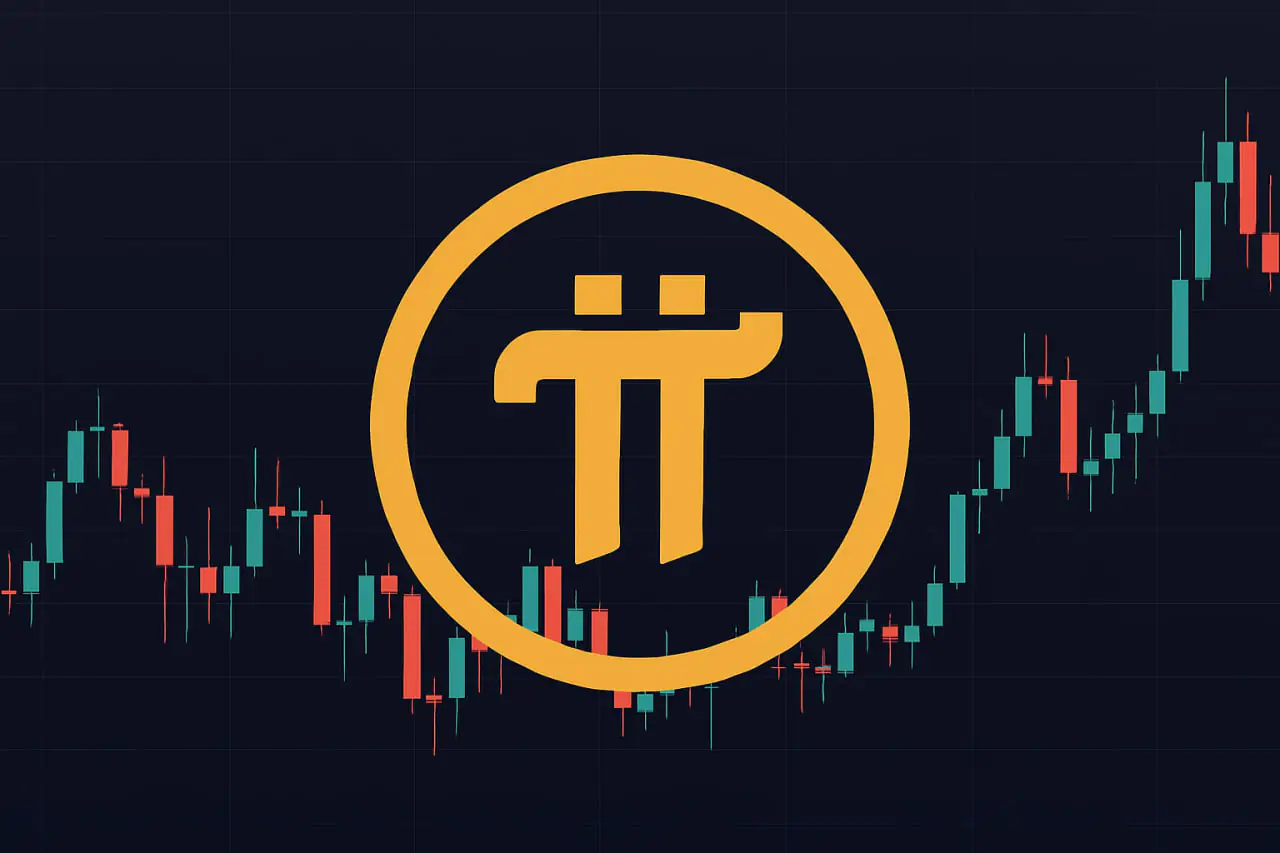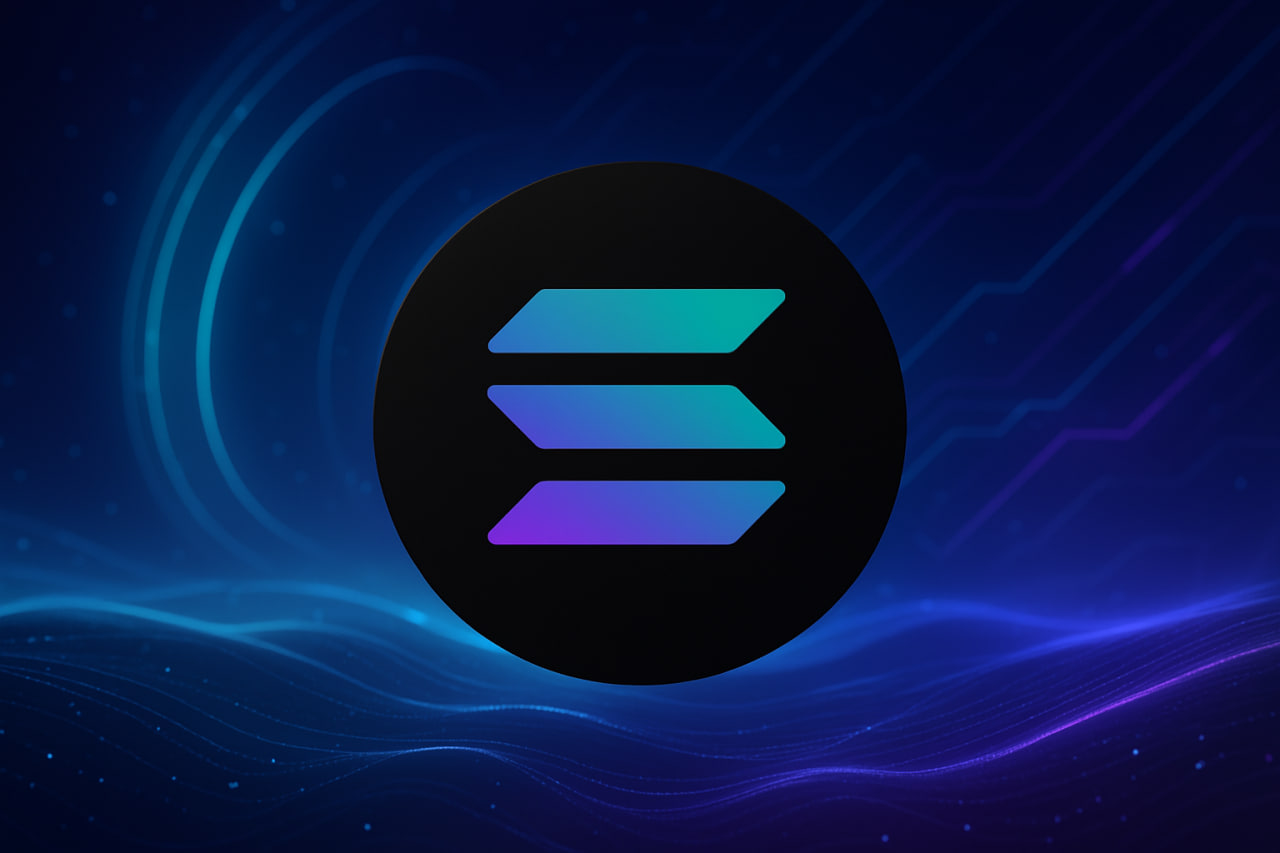Ripple News: XRP Ledger Positioned to Rival Ethereum in RWA Market
The partnership introduces OUSG, a tokenized version of short-term government debt, and uses Ripple’s RLUSD stablecoin as the backbone for minting and redemption. The aim is to give institutions an around-the-clock gateway to one of the most liquid and trusted assets in the world.
For years, Ondo Finance has been developing ways to port traditional financial instruments into blockchain ecosystems. By moving OUSG to XRPL, the firm is offering professional investors access to Treasuries with the speed and security of distributed ledger technology. The ability to mint and redeem tokens instantly, rather than during limited market hours, is pitched as a major advantage for institutions that want more flexibility in managing their reserves.
Ripple’s role is not just to support OUSG but to turn XRPL into a broader platform for real-world asset tokenization. Ethereum has long been the leader in this field, but Ripple is betting that its focus on settlement, compliance, and stablecoin infrastructure will appeal to banks, asset managers, and fintechs that demand high reliability. The company has been upgrading XRPL’s programmability and liquidity systems to make it competitive with other enterprise-grade chains.
The partnership also reflects the changing priorities in the digital asset market. Beyond the speculative appeal of cryptocurrencies, institutions are increasingly drawn to tokenized bonds, Treasuries, and other income-generating products that fit into familiar portfolios.
READ MORE:

Pi Network News: Founders Reaffirm Utility as Price Drops 50%
Tokenization promises not only easier access but also better transparency and lower settlement costs. Ripple is positioning XRPL as the bridge between these traditional investment products and a global, blockchain-powered financial system.
Silver and gold have long been safe havens, but U.S. Treasuries remain the cornerstone of global finance. By enabling these instruments to live natively on-chain, Ripple and Ondo are effectively testing whether institutions are ready to adopt blockchain as a core layer of financial infrastructure. If successful, XRPL could emerge as a serious alternative to Ethereum in hosting tokenized assets, while RLUSD becomes the fuel that powers cross-border liquidity.
For Ripple, the long-term goal is clear: to make the XRP Ledger synonymous with institutional DeFi. The OUSG rollout is the first step in building an ecosystem where compliance, efficiency, and security define the next chapter of blockchain adoption.
The information provided in this article is for educational purposes only and does not constitute financial, investment, or trading advice. Coindoo.com does not endorse or recommend any specific investment strategy or cryptocurrency. Always conduct your own research and consult with a licensed financial advisor before making any investment decisions.
The post Ripple News: XRP Ledger Positioned to Rival Ethereum in RWA Market appeared first on Coindoo.
You May Also Like

Bloomberg: How the 'Princeton Mafia' Dominates the Crypto Treasury Boom

Bitcoin Unmoved By Fed Rate Cut; Ethereum, XRP, Dogecoin Spike: Analyst Says BTC Should See $120,000 By End Of Week If 'All Goes To Plan'

